Whether it’s creative differences between team members to more serious issues such as discrimination, dealing with conflict in the workplace is part and parcel of being a manager. Here we explore some effective conflict resolution strategies that leaders can’t afford to be without.
If your work environment involves working with other people, managing conflict is almost inevitable at some point. Conflict might involve robust discussions with a client over a missed deadline or perhaps personality clashes and difficult working relationships between staff members within your department. Good conflict management tools are valuable, whatever your role in an organisation. But they’re particularly essential for managers — to whom it will usually fall to soothe tensions, manage the situation and attempt to bring the conflict to a resolution.
Conflict Resolution: what it is and how it works
Conflict resolution is either an informal or formal process that two or more parties use to find a peaceful solution to their dispute. According to Harvard Business School there are a range of common cognitive and emotional traps that are key causes of conflict and which tend to lead to the need for conflict resolution. These sources of conflict include:
Interpreting fairness in a self-serving manner. Rather than deciding what’s fair in a neutral sense, people think of what is most fair to themselves and then justify this preference as the basis of fairness. For example, department heads may think that they deserve the biggest share of the annual budget. Many disagreements in the workplace environment about what’s fair result in a conflict.
Escalation of commitment. Whether negotiators are dealing with a merger with another company or an argument with a colleague, they may dig their heels in and irrationally escalate their commitment to their chosen course of action, even when it’s no longer useful. They can fail to recognise that sunk costs shouldn’t play a role in future decisions, trying to recoup money spent on legal fees, for example.
Conflict avoidance. Negative emotions are uncomfortable and distressing, so it’s human nature to try to bury them. Coaching and training firm Bravely reports that 53 percent of US employees handle toxic situations by avoiding them. But the reality is that avoiding difficult conversations and allowing strong emotions to fester tends to entrench the conflict.
So how can you set up a constructive conflict resolution process? Conflicts can be de-escalated and resolved in a variety of ways, including:
- Negotiation
In conflict resolution, you should aim to explore the underlying interests in the opposing parties’ positions, such as wanting to resolve a dispute without attracting negative publicity, or to repair a damaged business relationship. The next step is to work out what the best alternative to a negotiated agreement would be. Through brainstorming options and looking for trade-offs across issues, it may be possible to find some common ground or negotiate a satisfactory outcome to the dispute without outside help.
- Mediation
Here, the two sides in dispute enlist a trained, neutral third party to help them come to a consensus. The professional mediator encourages the opposing parties to explore the root causes and underlying issues of their positions and then works with them both together and separately to help them find a resolution that’s sustainable, voluntary, and non-binding.
- Arbitration
In this approach, a neutral third party serves as a judge who makes decisions to end the dispute. The arbitrator listens to the arguments and evidence presented by each side, then makes a binding decision.
- Litigation
In civil litigation, a defendant and a plaintiff defend their positions before either a judge or a judge and jury, who weigh the evidence and make a ruling. This often ends in a negotiated settlement.
“In general, it makes sense to start off less-expensive, less-formal conflict resolution procedures, such as negotiation and mediation, before making the larger commitments of money and time that arbitration and litigation often demand. Conflict-resolution training can further enhance your ability to negotiate satisfactory resolutions to your disputes,” says Harvard Business School’s Katie Shonk.
The five Cs of conflict resolution
To try to avoid conflict reaching the expensive and time-consuming stages of arbitration or litigation, managers could consider the ‘five Cs’ of conflict resolution developed by the leadership consultant, coach, and writer Richard Trevino II, which are:
1. Carefully listen:
Before deciding how to resolve a conflict, active listening to what each party is saying is one of the best ways to handle conflict, says Trevino, as it allows you to validate others’ ideas and let them know that they are being heard, regardless of whether or not you agree.
2. Considerately look at the situation.
Make sure that your teams learn to understand each other’s viewpoints, even when they don’t agree. Part of being able to listen carefully is good communication skills: being able to understand and accept others’ ideas. Follow up by getting the team to summarise their points of agreement and disagreement and work together on a compromise, ensuring that everyone keeps an open mind.
3. Calmly discuss the conflicting perspectives.
The best way to handle conflict is to stay calm: calmer minds produce clearer ideas. Remain calm yourself and insist everyone talks to each other in a relaxed and civil manner, without emotions like blame bubbling over.
4. Conscientiously look at the facts.
Be sure you have all the facts and clarify the points first, taking into consideration each person’s different perspectives. Open communication of these different perspectives on the same problem will lead everyone to consider different problem-solving routes and different solutions.
5. Cooperatively work together.
All four Cs should help your team to work together in resolving the conflict. With each of these tips, you’re focusing everyone on team cohesion to reach the common goal of tackling the problem instead of attacking each other’s personality, says Trevino. This ‘win-win approach’ is about changing the conflict from adversarial attack and defence, to co-operation.
Effective conflict resolution skills that every manager should have
Here are some of the broader leadership skills that managers need to have at their fingertips to help them resolve conflicts in the workplace:
Communication skills
Regardless of a manager’s talents, knowledge and years of experience, those who have poor communication skills will easily find themselves in conflict with co-workers. Some key communication skills for handling conflict are:
- Listening skills: ie creating a work culture in which colleagues are comfortable speaking up and in which you spend more time listening than talking.
- Body language: when people come to you with a conflict, your body language should be open and receptive.
- Moderating: when a conflict involves more than one person, you’ll need moderating skills to bring everyone into the same space and set ground rules to ensure that everyone feels ‘psychologically safe’ to speak what’s on their mind.
Problem-solving skills
Problems that crop up at work are often down to people’s different points of view, attitudes, temperaments and working styles. As a result, the solution to a workplace conflict is rarely simple. Managers need to engage problem-solving skills to identify the best solution to the issue.
Emotional intelligence
Workplace conflicts can evoke strong emotions in those involved: anger, sadness, and contempt. Team members may feel like they’re not valued and that their position is threatened. Others may have a strong sense of injustice or unfairness. Emotional intelligence allows you to empathise with each aggrieved person and counsel with compassion without being condescending or forceful. What’s more, a manager with emotional intelligence can keep the peace in the long term by recognising emotional flashpoints and moving quickly to resolve them before any conflicts arise.
Teamwork
Each team member brings a different combination of insight, skill, perspective, and personality to the workplace. A manager’s role is to create a workplace culture that allows all of these people to come together as a cohesive team and thrive, despite their differences. By clearly defining everyone’s individual roles, setting team goals and getting buy-in from everyone you can help everyone to understand what they and their peers are supposed to be doing and minimise conflicts by getting everyone to work together more seamlessly.
Set your trajectory for career success
If you’re a busy working professional looking to discover your conflict management style and develop your competencies in leadership and effective management, the University of Sunderland’s MSc Management with HR will equip you with the skills for career progression and future success.
With a specific focus on the organisational and people aspects of business and management, studying on this 100% online, flexible master’s degree will give you a deep understanding of international HR management, organisational development, resourcing and talent management, as well as a strong grounding in core business disciplines, from effective decision making to entrepreneurship.
What’s more, this course’s flexible learning model delivers academic content on demand, meaning that you can study for your master’s degree from anywhere in the world and can fit your studies around your work and family life, earning while you learn. Find out more






